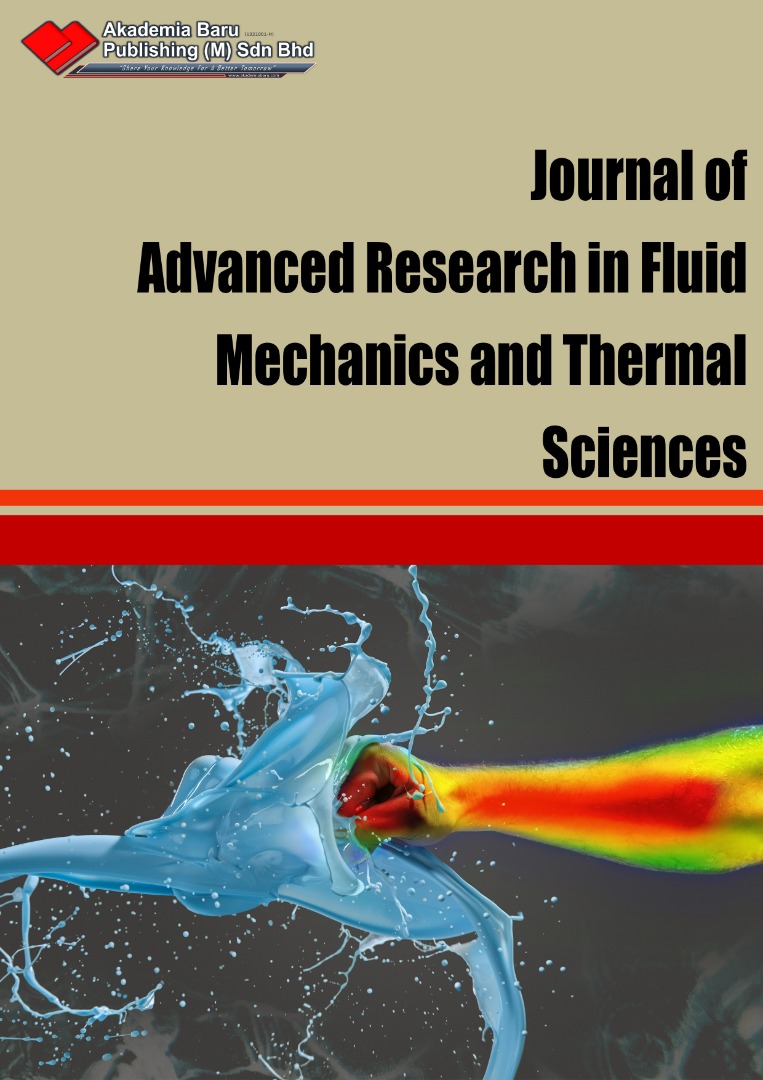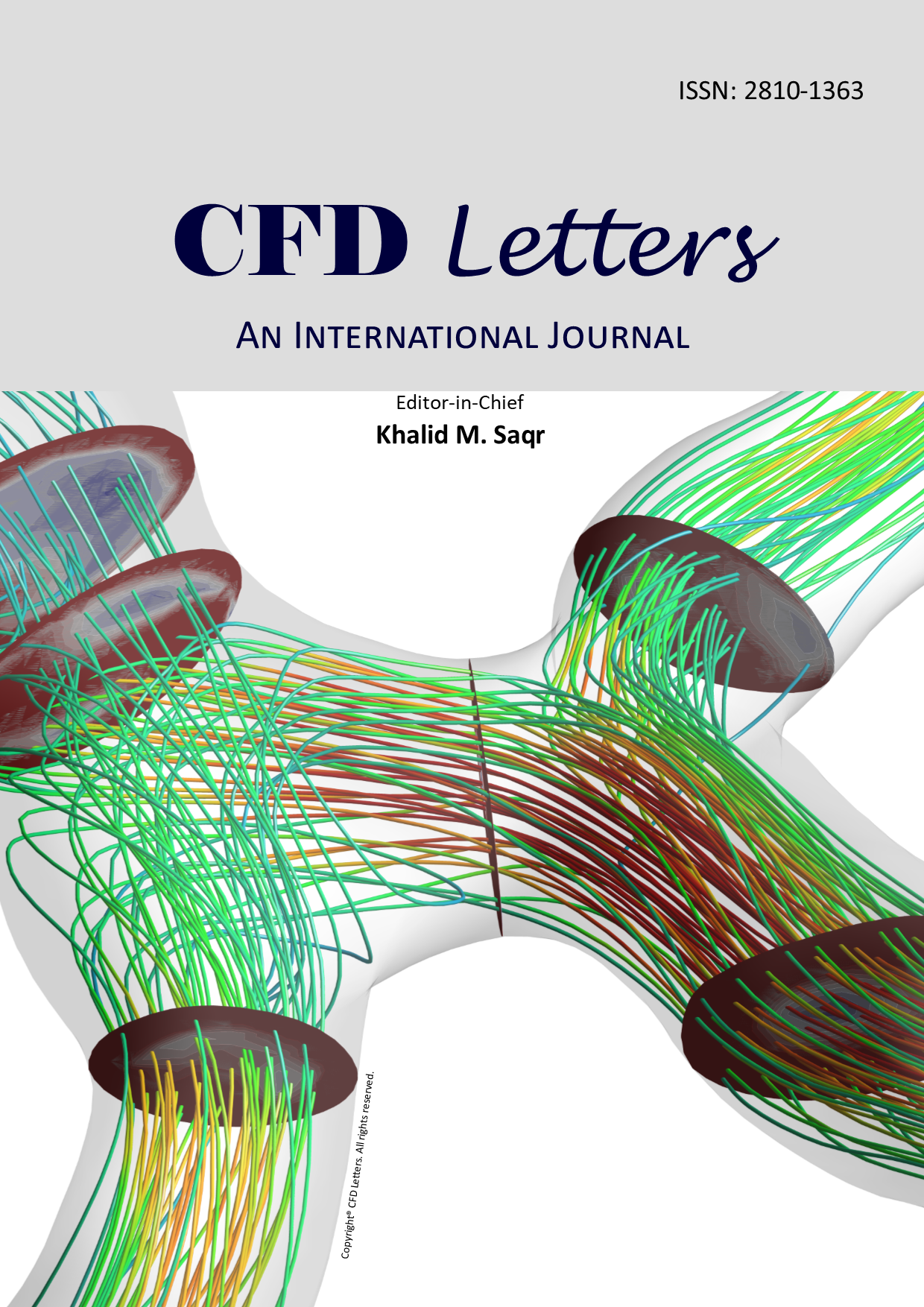Effect of Cavities in Suddenly Expanded Flow at Supersonic Mach Number
Keywords:
Nozzle Pressure Ratio (NPR), Sudden expansion;, Aspect cavity ratio, Computational Fluid Dynamics (CFD)Abstract
The contribution from the base drag due to the sub-atmospheric pressure is significant. It can be more than two-thirds of the net drag. There is a need to increase the base pressure and hence decrease the base drag. This research examines the effect of Mach Number on base pressure. To accomplish this objective, it controls the efficacy in an enlarged duct computed by the numerical approach using Computational Fluid Dynamics (CFD) Analysis. This experiment was carried out by considering the expansion level and the aspect cavity ratio. The computational fluid dynamics method is used to model supersonic motion with the sudden expansion, and a convergent-divergent nozzle is used. The Mach number is 1.74 for the present study, and the area ratio is 2.56. The L/D ratio varied from 2, 4, 6, 8, and 10, and the simulated nozzle pressure ratio ranged from 3 to 11. The two-dimensional planar design used commercial software from ANSYS. The airflow from a Mach 1.74 convergent-divergent axi-symmetric nozzle expanded suddenly into circular ducts of diameters 17 and 24.5 mm with and without annular rectangular cavities. The diameter of the duct is taken D=17mm and D=24.5mm. The C-D nozzle was developed and modeled in the present study: K-ε standard wall function turbulence model was used with the commercial computational fluid dynamics (CFD) and validated. The result indicates that the base pressure is impacted by the expansion level, the enlarged duct size, and the passage’s area ratio.






